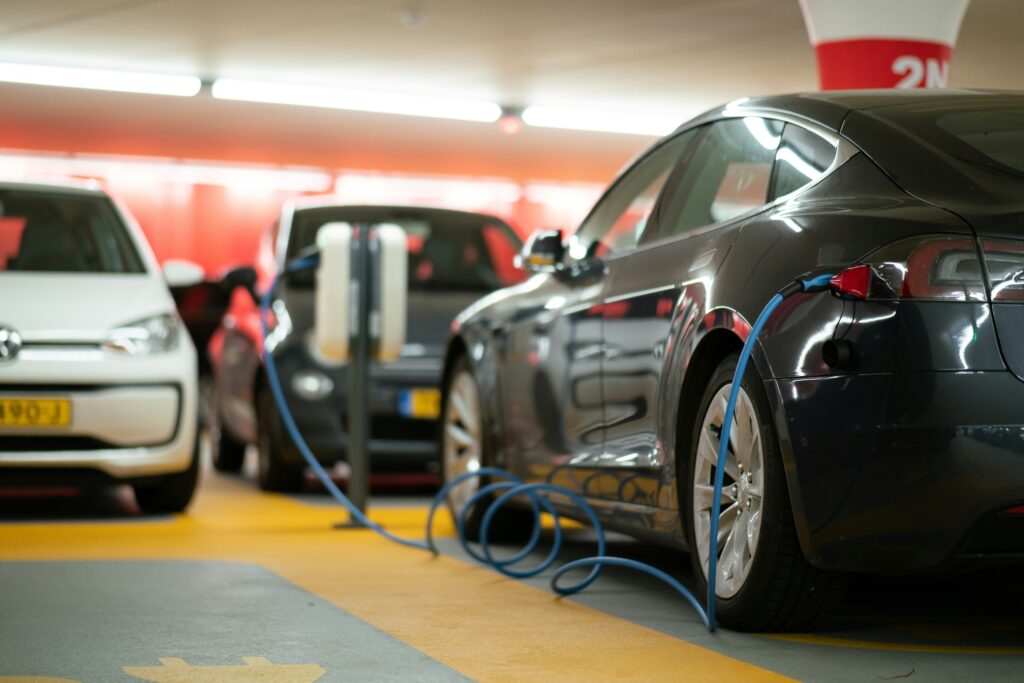Governing Earth’s Tipping Points
As the planet approaches critical thresholds, Dr. Manjana Milkoreit explores what it takes to govern a changing climate.
At the ATLAS25 conference in Helsinki, our journalist Ahmetcan Uzlaşık spoke with Dr. Manjana Milkoreit, Postdoctoral Researcher at the University of Oslo’s Department of Sociology and Human Geography, and a lead author of the Global Tipping Points Report 2025.
Her work bridges political science and cognitive theory to understand how people and institutions respond to climate risks. In this interview, she discusses the governance gaps surrounding Earth system tipping points, the link between climate thresholds and human rights, and why regional cooperation may be key to resilience.
You were a speaker at ATLAS25 in Helsinki, where you presented insights from the Global Tipping Points Report. What are the biggest governance gaps today?
Even though we have multiple governance systems for climate, biodiversity, or oceans, none are designed specifically to prevent tipping points. The institutions we rely on today, like the Paris Agreement, were created to limit temperature rise, but not to manage the systemic risks that come with abrupt, irreversible change.
The core challenge now is to minimise overshoot beyond 1.5 °C, because the risk of triggering several tipping points rises sharply above that level. This means drastically accelerating mitigation, not waiting until mid-century to act. We must also expand our capacity for carbon removal and strengthen cooperation around safe pathways for negative emissions. In short, we need to transform governance from slow negotiation to rapid coordination.
You also mentioned that prevention must happen at multiple scales. How can that work in practice?
Some tipping elements have more than one driver. For instance, the Amazon is affected not only by global temperature rise but also by local deforestation. Preventing its collapse requires policies that address both simultaneously, reducing emissions globally while enforcing land protection locally.
That means designing governance that connects scales, from local communities and national governments to international bodies. For some systems, such as the Amazon or the Arctic, local and regional measures can be just as crucial as global treaties.

Given today’s fragmented geopolitical landscape, is real cooperation still possible?
It’s difficult, no question. We’re operating in an environment where global cooperation is weakening and some countries are even withdrawing from climate negotiations. Yet that doesn’t mean we are powerless. Regional alliances, nations, and sub-national actors, like the EU, the Nordic Council, and the United States, can still drive progress.
Not every solution has to start globally. Scaling up carbon removal, advancing new technologies, and developing better monitoring systems can all be done regionally or nationally. We shouldn’t wait for everyone to agree, we should act wherever capacity and will exist.
The report draws a link between tipping points and human rights. How are these connected?
Crossing tipping points would amplify human-rights impacts far beyond what we’ve already seen from climate change. These are not abstract scientific events, they threaten food, water, housing, and even cultural survival. Our legal and institutional systems already recognisze climate change as a human-rights issue, but we must extend that recognition to tipping points specifically.
Preventing tipping points is, therefore, also about preventing violations of fundamental rights. Human-rights advocates, lawyers, and policymakers should treat tipping-point science as part of their daily work to protect people’s lives and livelihoods.
What does this mean for ordinary people around the world?
Take coral reefs as an example. The report shows that we’ve likely passed their thermal tipping point around 1.2 °C of warming. As reefs die, they stop supporting fisheries, protecting coasts, and sustaining tourism. Hundreds of millions of people, from the Caribbean to Southeast Asia, depend on reefs for food and income.
Their loss will ripple through global food systems, drive local economic collapse, and potentially force migration. These are tangible, human consequences, not distant projections.
You also mention “positive tipping points.” What are they, and how can they help?
Positive tipping points are self-reinforcing shifts toward sustainability, like when renewable energy becomes cheaper than fossil fuels, or when social norms suddenly favor low-carbon lifestyles. They can accelerate change as powerfully as negative tipping points can drive collapse.

The opportunity lies in identifying and supporting these positive dynamics through policy, investment, and collective imagination. If we act decisively, we can tip the system toward resilience instead of breakdown.